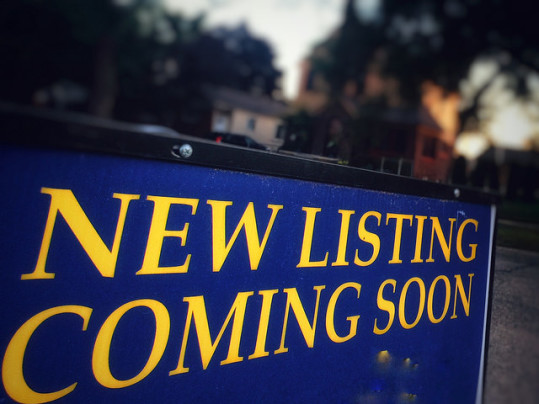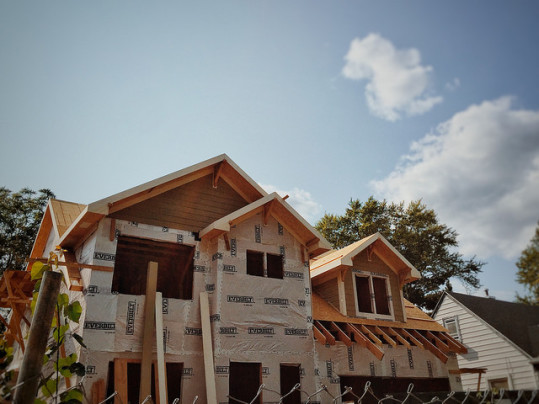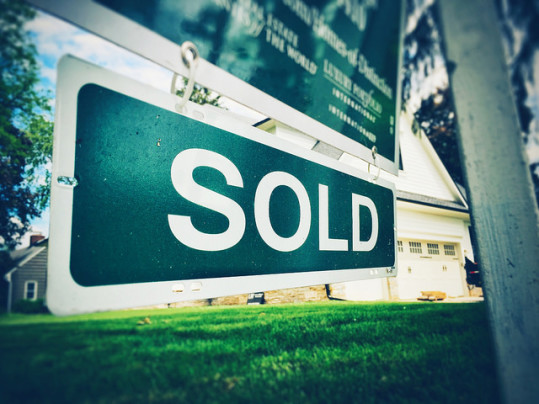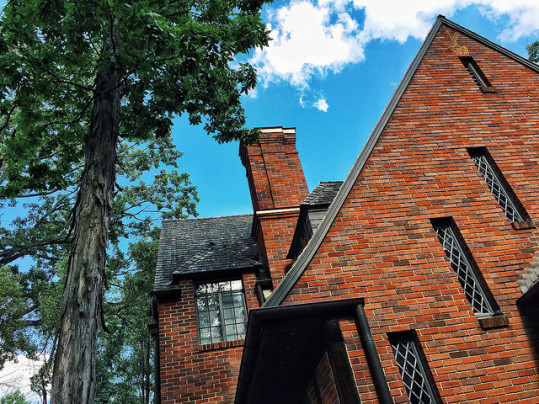According to the Mortgage Bankers Association’s Weekly Applications Survey, average mortgage rates were mostly flat last week, with little change seen for 30-year fixed rate mortgages with both conforming and jumbo balances, loans backed by the Federal Housing Administration, and 15-year fixed-rate loans. However, because rates were unchanged from the previous week, that means they remain at their lowest point since last November. That’s good news for home buyers hoping to purchase a home before the end of the summer and also homeowners who may be hoping to refinance. So why hasn’t mortgage application demand gone up as rates have hovered at 9-month lows? Well, according to Joel Kan, an MBA economist, it’s because they haven’t fallen low enough for consumers who have grown accustomed to the historically low rates of the past few years. “Mortgage rates generally fell, but not as low as they had in 2016,” Kan told CNBC. “Borrowers potentially looking at a refinance might be waiting for a much bigger decrease in order to act.” The MBA’s weekly survey has been conducted since 1990 and covers 75 percent of all retail residential mortgage applications. More here.
Archive for August 2017
One Quarter Of Homeowners Are Equity Rich
Equity can be loosely defined as the value of your house minus how much you owe on the mortgage. Which means, as you make your monthly mortgage payments, you’re gaining a larger share of your home’s value. In addition, if your home’s price goes up, so does your equity. Ultimately, the more you have, the better. That’s why the numbers from ATTOM Data Solutions’ Q2 2017 U.S. Home Equity & Underwater Report are good news for homeowners. The report shows more than 14 million U.S. properties were equity rich, meaning their remaining mortgage amount was 50 percent or less than the estimated value of their house. That’s 320,000 more than the previous quarter and nearly 25 percent of all U.S. properties with a mortgage. Daren Blomquist, senior vice president at ATTOM, says there are a couple of reasons behind the improvement. “An increasing number of U.S. homeowners are amassing impressive stockpiles of home equity wealth, enjoying the benefits of rapidly rising home prices while staying conservative when it comes to cashing out on their equity – homeowners are staying in their homes nearly twice as long before selling as they were prior to the Great Recession, and the volume of home equity lines of credit are running about one-third of the level they were at during the last housing boom,” Blomquist says. More here.
Are More Homes About To Be Listed For Sale?
The number one issue for home buyers and sellers so far this year has been inventory. A lower-than-normal number of homes for sale has pushed prices higher and caused more competition for buyers in many markets. And, though higher prices can be good for homeowners who are looking to sell, they too will need to find a house to buy and move into once theirs has sold. In other words, inventory is an issue for anyone who is buying or selling a house right now. So when can we expect more homes to hit the market? Well, according to a report from the National Association of Realtors, fairly soon. In fact, their prediction is that August will show up to 500,000 new listings, which would represent the largest yearly gain in new inventory since March 2016. But, though this is encouraging news, they also expect that the majority of these new listings will be higher priced homes. If true, that will provide relief to some buyers but may not help first-time home buyers who are looking for an affordable starter home. Still, any increase in the number of homes for sale is good news for the overall market, since it can help moderate price increases and offer more choices to home shoppers. More here.
New Home Sales Up 9% Over Last Year
Sales of newly built single-family homes are now 9.2 percent above last year’s level, according to new numbers from the U.S. Department of Housing and Urban Development and the U.S. Census Bureau. This year-over-year improvement is important, especially since month-over-month results showed a 9.4 percent decline. In short, monthly housing data can be volatile but, if you focus on long-term results, it often reveals a much different picture. That’s why, despite a drop in July, Michael Neal, senior economist with the National Association of Home Builders, says sales should continue to improve. “The year-to-date growth shows that new home sales continue to trend upward at a steady pace over the longer term,” Neal said. “Steady economic growth and a healthier labor market suggest that the underlying economic fundamentals remain in place for a continued recovery.” New home sales are an important barometer because new home construction helps balance the market and moderate price increases. Also in the report, the median sales price of new houses sold in July was $313,700. The average sales price was $371,200. More here.
Typical Home Sells In Less Than A Month
In July, 51 percent of homes were on the market less than a month before selling, according to new numbers from the National Association of Realtors. The data provides more evidence that, even as the summer season wears down, there is still a high level of buyer demand in most markets. Lawrence Yun, NAR’s chief economist, says it was the fourth month in a row homes sold in 30 days or less. “July was the fourth consecutive month that the typical listing went under contract in under one month,” Yun said. “This speaks to the significant pent-up demand for buying rather than any perceived loss of interest.” According to Yun, a lack of new home construction is keeping inventory levels low and competition high. That means, home buyers should be prepared to act fast if they find a home they like. Overall, the number of existing homes that sold in July was 1.3 percent fewer than the previous month but still 2.1 percent higher than last year. Regionally, sales were up in the South and West, but fell in the Northeast and Midwest. More here.
Mortgage Report Highlights Market Disparity
According to the Mortgage Bankers Association’s Weekly Applications Survey, average mortgage rates were mostly flat last week, remaining at their lowest level in months. However, despite favorable rates, demand for loans to buy homes hasn’t moved much. In fact, last week purchase application demand was down 2 percent from the week before, though it remains 9 percent higher than at the same time last year. So why aren’t buyers more enthusiastic about low rates? Well, one reason is inventory. There is more demand for affordable, entry-level homes but fewer homes for sale in that price range. Which means, though buyers are interested, they may be having trouble finding a suitable house to buy. Sales on the high-end of the market, however, are doing fine. Joel Kan, an MBA economist, says demand for jumbo loans is high. “A strong appetite for jumbo loans and a highly competitive jumbo market has led to increased availability and lower pricing of jumbo loans over the past few years,” Kan told CNBC. The MBA’s weekly survey has been conducted since 1990 and covers 75 percent of all retail residential mortgage applications. More here.
Majority Of American Homes Are Affordable
New numbers from the National Association of Home Builders show 59.4 percent of all new and existing homes sold between the beginning of April and the end of June were affordable to families making the median income of $68,000. That represents an almost 1 percent drop from the first quarter of this year but still means most homes are in reach for the average home buyer. Robert Dietz, NAHB’s chief economist, says there are some offsetting factors that are keeping the housing market from making more gains. “The job market continues to gain steam and this is boosting housing demand,” Dietz says. “Meanwhile, growing incomes and attractive mortgage rates are helping to keep housing affordable by partially offsetting ongoing home price appreciation. Home prices will continue to rise as inventory remains tight. NAHB expects the housing market will continue to make gradual gains in 2017.” As with anything real estate, where you are determines how affordable your local market is. For example, 93.3 percent of homes in Youngstown, Ohio are affordable to families making that area’s median income, while just 7.6 percent of homes were considered affordable in San Francisco – the nation’s least affordable major housing market. More here.







